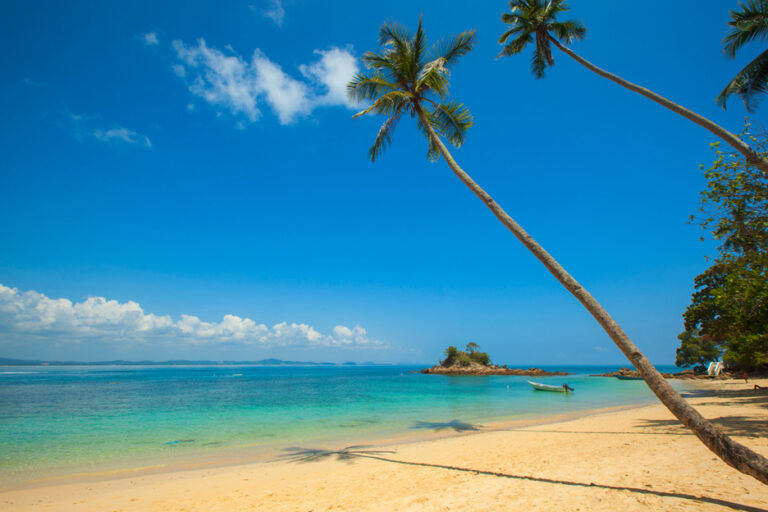Tropical Color Palette Photos for your inspiration
Introduction
Choosing the perfect tropical color palette for your design can be challenging. With so many colors to choose from, it can be overwhelming to know where to start. In this article, we will provide you with a detailed guide to help you choose the perfect tropical color palette for your design.
Understanding Tropical Color Palettes
Before we delve into how to choose the perfect tropical color palette, it is essential to understand what constitutes a tropical color palette. Tropical colors are inspired by the lush and vibrant colors found in tropical environments. These colors are typically bright, bold, and saturated, and they include hues of green, blue, orange, pink, and yellow.
How to Choose the Perfect Tropical Color Palette
Choosing the perfect tropical color palette requires a good understanding of color theory and how different colors work together. Below are some steps to guide you in selecting the ideal tropical color palette for your design.
Step 1: Choose a Dominant Color
The first step in choosing the perfect tropical color palette is to select a dominant color. This color will be the main color used in your design and will set the tone for the overall look and feel. Some popular dominant colors for tropical color palettes include shades of green, blue, and pink.
Step 2: Select Complementary Colors
Once you have chosen your dominant color, the next step is to select complementary colors that will work well together. Complementary colors are colors that are opposite each other on the color wheel, such as blue and orange, green and pink, or yellow and purple. Using complementary colors will create a harmonious and balanced color palette.
Step 3: Add Accent Colors
After selecting your dominant color and complementary colors, the next step is to add accent colors. Accent colors are used to add interest and depth to your design. These colors should be used sparingly to avoid overwhelming your design. Examples of accent colors for tropical color palettes include shades of yellow, turquoise, and coral.
Step 4: Test Your Color Palette
Once you have selected your tropical color palette, it is essential to test it to ensure that it works well together. You can do this by creating a color swatch or mood board to see how the colors work together. If any colors clash or look out of place, you may need to make adjustments to your color palette.
Conclusion
Choosing the perfect tropical color palette requires a good understanding of color theory and how different colors work together. By following the steps outlined in this article, you can create a harmonious and balanced color palette that will enhance your design. We hope that this guide has been helpful in your quest to choose the perfect tropical color palette.
graph TD;
A[Dominant Color] --> B[Complementary Colors];
B --> C[Accent Colors];
C --> D[Test Color Palette];
The above diagram provides a visual representation of the steps involved in choosing the perfect tropical color palette.
We hope that our article has provided you with valuable insights into selecting the ideal tropical color palette. With this knowledge, you can create stunning designs that stand out from the crowd.


Comments are closed.